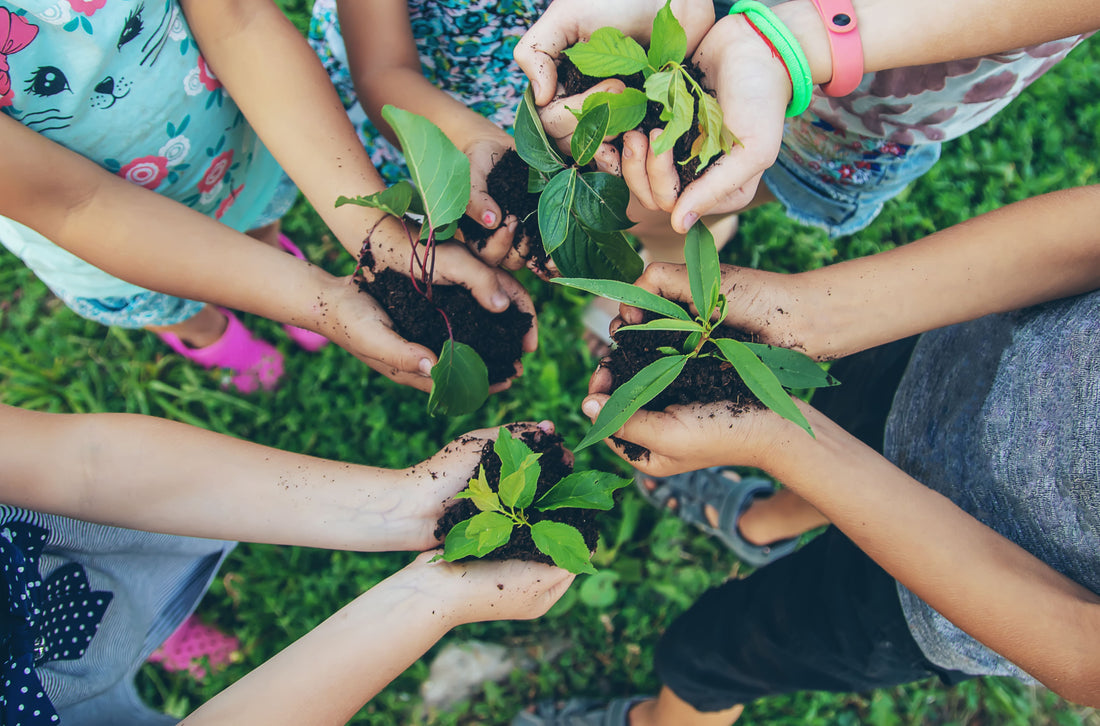
Using Tissue Culture to Cultivate Plants in Asia
As a content and community manager, I leverage my expertise in plant biotechnology, passion for tissue culture, and writing skills to create compelling articles, simplifying intricate scientific concepts, and address your inquiries. As a dedicated science communicator, I strive to spark curiosity and foster a love for science in my audience.


Foreign Tissue Culture Overview
Agriculture holds a huge percentage of the economy in developing countries. In countries like India and China, extensive agriculture practices are required to feed the large population. To fulfill the growing demands, technological innovations were required to help out the farmers. The biotechnology tool was introduced as a sustainable way to achieve the requirements. Plant cell technology has immense potential to reach the agriculture demands, providing several advantages over conventional techniques:
- It can enhance the productivity or output of the cultivated plants
- It allows mass production of plants in a lesser area
- It helps to create useful hybrids
- It helps to produce haploid plants
- It helps to conserve the species
The advantages of tissue culture were recognized especially by the governments and culturists of developing countries. Now, many horticulture and ornamental crops are being grown in Asian countries. Many people have started utilizing this tool to start a money-making venture.
But, different countries have different demands according to their people. Let’s have a look at a few countries and learn about popularly tissue cultured grown plants in these areas.
Plant Tissue culture in India
India is one of the agrarian-based economies. Around 2016, the National Certification System for Tissue Culture Raised Plants (NCS-TCP) was introduced in the country. It was done after realizing the potential of plant tissue culture to revolutionize the growth of agriculture. The objective of the department was to raise high-quality disease-free tissue culture plants. The system mentored 85 companies that hit the tissue culture market and certified around 532 million tissue culture plants.
At the moment, India is producing more than 500 million plantlets per year. Some of the extensively grown tissue culture plants in India are Banana, sugarcane, potato, strawberry, anthurium, orchids, lily, date palm, and teak. The plant tissue market in India is estimated to be more than Rs 500 crores.
Tissue culture in Thailand
One of the major applications of tissue culture is to enhance the productivity of agricultural plants and feed the growing population. Thailand recognizes the tissue culture as a sustainable tool to increase food security and enhance the quality of people’s lives.
Thailand has successfully grown several economic and ornamental plants. It has also increased the yield of pathogen-free plants by 45-88%. It’s the leading country in terms of production and export of tissue culture ornamental plants. The featured tissue culture plants grown in Thailand include orchids, Sansevieria, Musa, Drasena, Bougainvillea, Ixora, Euphorbia, Plumeria, Hoya, and Adenium. Among all these plants orchids have the highest growing value. In 2016, it had a 61.5% share of the total export value.
Tissue culture in Malaysia
The main goal to grow tissue culture plants in Malaysia is to produce disease-free or disease-resistant plants to improve the post-harvest quality. The plants that are extensively grown in Malaysia include rice, banana, pineapple, papaya, passion fruit, and chili. The most targeted traits being addressed include obtaining virus-resistant plants, delay fruit ripening, delay fruit softening, and improvement of fruit color.
Apart from the fruit plants, Malaysian culturists are using the technique for the mass production of medicinal plants. Medicinal plants are one of the major sources of secondary metabolites that are involved in treating diseases. The secondary metabolites are highly demanded by pharmaceutical industries for the production of medicines. Some of the higher value medicinal plant tissue cultured in Malaysia include Eurycoma longifolia, Zingiber officinale (Ginger), Centella asiatica, Justicia gendarussa, Kaempferia galanga, and Orthoshipon stamineus.
Tissue culture in China
China has started working on improving the production quality of plants using tissue culture tools way before the 1970s. It is involved in producing mainly horticulture and medicinal plants. The tissue-cultured crop plats in China include Oryza sativa (Rice), Triticum aestivum (wheat), Zea mays (maize), Sorghum vulgare (boom corn), Medicago denticulata (alfalfa), Hevea brasiliensis (rubber tree), Capsicum annum L.(pepper), Brassica chinensis (Chinese cabbage), Beta vulgare (sugar beet), Citrus microcarpa (sweet orange), and Linum usitatissimum (flax).
Medicinal plants in China are the major source of supporting the primary health system. The country has more than 11000 medicinal plant species and over five million of land is dedicated to cultivating these plants. Some of the medicinal plants grown in china by tissue culture include Aconitum carmichaeli, Agave americana, Allium cepa, Allium mongolicum, Brassica pekinensis, Scutellaria baicalensis, Rhododendron hybridum, Ginkgo biloba, etc.
Tissue culture in Indonesia
In Indonesia, culturists majorly work on enhancing the productivity of crops. Several tissue culture labs are established in universities and research institutes to increase the final output of the plants. Some of the frequently grown tissue culture plants in Indonesia include rice, cassava, coconuts, maize, sweet potatoes, soybeans, copra, rubber, palm kernels, coffee, tea, and spices. More than 15 million tissue cultured plants are produced annually after the establishment of several commercial laboratories. The tissue culture business is booming in the country with the advancement of tissue culture tools.
Tissue culture is an advancing technique. With climate change and increasing population, it’s become an effective and essential tool to fulfill the growing agricultural and medicinal demands of people.
References
- Prakash, J. (2001). PLANT TISSUE CULTURE: CONCEPT TO COMMERCIALISATION IN SOUTH-EAST ASIA. Acta Horticulturae, (560), 571–574. doi:10.17660/actahortic.2001.560.117
- Gao, W., Jia, W., Gao, X., Wang, R., & Xiao, P. (2005). In vitro culture and cultivation of Chinese medicinal plants for industrial utilization and genetic resource conservation. Plant Genetic Resources: Characterization and Utilization, 3(02), 116–126. doi:10.1079/pgr200577
- Han, H., & Qiquan, S. (1981). Advances in Plant Cell and Tissue Culture in China. Advances in Agronomy Volume 34, 1–13. doi:10.1016/s0065-2113(08)60882-2
- https://journals.sagepub.com/doi/pdf/10.1177/15648...
- https://www.researchgate.net/publication/270706927...
- https://www.asiabiotech.com/20/2008/20080062x.html
- https://www.business-standard.com/article/pti-stor...
- https://www.researchgate.net/profile/Jirapong-Jair...
- https://www.ishs.org/ishs-article/1167_2
Blog Categories
View by Level
Popular Blogs

How Samantha Bridges the Gap Between the Nursery and the Lab
The Introduction Building a tissue culture program from the ground up requires more than just scientific knowledge—it requires the grit...
Read More
Understanding The Synthetic Seed Technology
Introduction Let’s be honest: traditional plant propagation can be a logistical nightmare. If you’re working with recalcitrant species—those stubborn plants...
Read MoreSubscribe to Our Newsletter
1 comment
I would like to use this reference for citation








Join the conversation
Your email address will not be published. Required fields are marked